What in the Worlds? A Holistic Analysis
This year’s League of Legends World Championship is already the most shocking since the Taipei Assassins won the tournament in season two and we’re not even half way into it yet. The unexpected results we’ve experienced so far are exaggerated all the more by the historical landscape of the game. For years now League has been fairly predictable, particularly internationally. The narrative was already in place. If you had asked any analyst or informed fan what to expect they would have told you. That Korea’s first seed SK Telecom were your safest bet and that China, probably EDward Gaming, had the best shot at the upset. Whilst we’re still well on course for a Korean winner, with every Korean team leaving their bracket as the top seed – not a single Chinese team remains in the tournament. Despite a miraculous first week, no North American team made its way out of the group stage. The South East Asian teams from the LMS proved themselves to be extremely internationally competitive, performing better than many would have expected with both the Flash Wolves and ahq e-Sports club battling their way out of the group stage convincingly.
Whilst all of this is common knowledge, I believe amongst all the noise and excitement of the results there has been a de-emphasis on the explanation. It is not the actual results of the tournament that have been interesting but how the game has come to such a point that they could even be possible. As such, before discussing the tournament itself it would be ridiculous to ignore the massive impact of the game changes that came immediately before it.
The World’s Patch

Unlike prior world championships, this year Riot opted to make massive changes to their game on the patch that the tournament would be played on. Now commonly known as the Juggernaut patch, patch 5.16 implemented changes to a number of champions – namely; Darius, Garen, Mordekaiser and Skarner. These changes amounted to nothing short of reworks, despite their basic kits remaining more or less identical the identity and effectiveness of the champions were changed substantially. As such, there strength in solo queue meant that they had to be taken seriously as competitively viable picks. The only issue is that there strengths and weaknesses were utterly unknown, especially at this level. This isn’t even mentioning the fact that these changes followed reworks to Gangplank and Fiora who were also not given much time to be explored in the competitive game.
By the time we reached patch 5.18, the tournament patch, in spite of minor tweaks to attempt to balance the game going into worlds – what competitive League of Legends looked like was now a complete unknown. These changes alone had already crafted the perfect environment for unpredictable results. After all, what were the optimal picks and bans? What champions were flat out over powered and which could be handled with good strategy? We as outsiders couldn’t possible know and the teams themselves only had scrims to go by.
Therefore the only thing we could really know going into worlds was that there should be a massive emphasis on taking scrims themselves. Whilst the results of scrim matches have of themselves always been of tenuous significance, never was there a more important time to optimise scrims for learning. What teams could discover and what teams could hide would have massive significance in the group stage. Logically then, the teams that proved most innovative and flexible would have a strong advantage coming into the group stages. Teams with great minds in their support staff and that had support staff that could manage quality and productive scrimmages would also be in a good place coming into the tournament. There is little doubt in my mind that things would have played out very differently if the game had been left as it was at the regional finals.
Week One of the Group Stage

As far as surprises came, it was the first week of play that shocked the hardest. Two western teams looked much stronger than anticipated. Both Cloud 9 and Origen went undefeated putting them at an enviable three games to zero. This was particularly remarkable because the amount of games most had expected Cloud 9 to win was also zero. Some had pegged Origin as an outside contender for second, but basically no one had expected them to defeat both LGD and KT.
What was more remarkable to me was the reaction that these results got. Instantly we saw an, admittedly refreshing, wave of western optimism. Perhaps China and Korea weren’t so unbeatable after all, perhaps this year the gap has closed. However I found it hard to share in such jubilation. When I had imagined a world in which the west could truly compete with the eastern powerhouses, it had always been in the form of an outlier. If any team could challenge for the title this year for me it would have been Europe’s Fnatic, and that would still have been a massive upset. Cloud 9 had an infamously terrible season and whilst bringing Hai back did a lot to remedy their performance, there miracle run to make it to worlds was far from convincing. To go from a team that struggled to defeat the likes of Gravity, Team Impulse and Team Liquid, to a team that could contend with the greatest in the world seemed a ridiculous notion.
The first thing I thought it was very important to remember was that this was simply three best of ones. Acknowledging this I suddenly realised how ludicrous it was to make such sweeping conclusions. Now I don’t mean to disparage the initial success Cloud 9 had, because they did play incredibly well. Incarnation in particular stepped up and impressed, but in spite of world class shot calling and two very strong carry players, it was impossible to ignore the facts that Balls has been putting out mediocre performances for a while now and Hai is an incredibly inexperienced jungler.
More critical thinkers did point out that Cloud 9 had implemented a fairly binary strategy, utilising a fast pushing attack damage carry and a high pressure mid laner to play the turret game. From there taking advantage of Hai’s shot calling ability and decent team play, they were able to snowball their lead and choke out their enemies with superior map play and objective focus. As such some speculated, correctly, that in the second week the other teams would have figured them out and that the team would have to show something else, or struggle. For these reasons I wondered why it was that so many people were suddenly convinced that Cloud 9 were a team that deserved to be considered a team playing at the highest echelons of the game.
It is natural to put a lot of emphasis on a World Championship, just as it is in traditional sports. After all it is THE most important competition. However, unlike traditional sports and indeed other e-sports, League of Legends is extremely region locked. This year there have only been three really notable international events, IEM Katowice, the Mid-Season Invitational and of course the World Championship itself. As such when comparing the strength of regions we have very little in the way of actual direct game-play to form our opinions. Instead much of comparing regions is done by ‘shadow-boxing’ the teams against each other and trying to reason how the different styles of teams would match up. Because of the lack of international competition, it is very easy to weight results too highly and for outliers to influence our opinion. Indeed one could have extrapolated that North America was a very strong region because Team Solo Mid won IEM, a tournament that also included the KOO Tigers (then GE Tigers). It certainly led to some experts making the case that they were one of the stronger teams in the world. The results of MSI would later paint an entirely contrasting picture.
It is then essential I believe to be extremely cautious when using the results, particularly in the case of best of ones, to make a meaningful argument. In fact I believe it is hard to justify a best of one format when international competition is already so limited. Especially given how the flawed nature of the best of one was highlighted at last worlds, with Kabum upsetting Alliance leading them to an early knockout in the group stages. When so much importance is weighted in one game, chance and shock value are significantly more influential in a games outcome and so alone combined with the patch changes, worlds was already a recipe for upsets. However week two did much to rectify results with initial expectation and I do not believe that these changes alone can explain the way in which the tournament progressed.
Fairytale Ending but Nightmare Season

Another reason for western optimism leading into this event, particularly for fans of the North American scene was for the amazing narratives that it concluded with. Firstly Counter Logic dominated their long time rivals, crushing their way to their first ever LCS victory. Meanwhile Cloud 9 had been a shadow of it’s former self after losing their mid lane and Captain Hai. In spite of trading him in for a mechanically superior model, Incarnation, the team failed to gel and this lack of cohesion led to the players looking weaker even on an individual level. With the return of Hai (and addition of analyst Bubbadub) as if by magic the team managed to scrape their way from the verge of relegations to North America’s third seed, off of the back of some pretty intense reverse sweeps.
With such a fantastic ending, it was easy to forget that in many ways the region had never looked worse. The improving Team Impulse lost its mid laner XaioWeiXaio, due to elo boosting controversy. The all star line up of Team Liquid had failed to ever look like a cohesive unit, failing frequently at the strategic level despite being able to acquire leads and Team Solo Mid finally seemed too much for Bjergsen to carry alone. As such, many different teams looked as if they were the strongest during the season, but in many ways we were just seeing which was at the time, the least weak. It was unfortunate for CLG that there win came at a time where the other teams looked so lack luster. They even avoided playing against Liquid, a team that has historically plagued them, through the luck of the bracket draw. As such, despite being a strong team it was easy to over emphasise the improvement of Counter Logic Gaming instead of the weakness of the region as a whole.
Unfortunately then, the end results of the knock-out stages in the case of North America can’t really be considered upsets. Nonetheless, it is perhaps worth examining the competitive climate of the region. The solo queue is considered non-serious by some and the ping issues certainly can’t help practice. The ranked player base is the smallest of the ‘major’ regions and there has been an increasing emphasis on importing and reusing talent instead of fostering it.
What happened to China?

Invictus Gaming came into the tournament looking to be in good form, but there inconsistencies were well known. Many felt that if they played at their ceiling they would be able to topple Fnatic, in spite of their flawless season, but some also stipulated that Fnatic were the safer bet just based on consistency alone. None however expected Invictus gaming to lose their group. Perhaps in isolation this could have been dismissed due to inconsistency, but China’s top seed LGD (considered second best team), also looked surprisingly poor only managing to beat out TSM in their group – both Chinese squads winning only two of their six games. Whilst Edward Gaming looked better, only losing out to SK Telecom the now undeniable tournament favourite – the teams that they did beat, H2K and Bangkok Titans, were amongst the weakest going into the tournament. As such it’s hard to gauge exactly what level EDG was playing at. It certainly however was far from impressive; by the time they lost handedly to Fnatic many had already pegged their opponents as the favourites.
Additionally, as previously emphasised there would have been a huge amount of importance in maximising the efficiency of scrims leading up to this tournament. Chinese teams have been suggested not to take practice particularly seriously and if they came into the tournament complacent, underestimating the weaker teams it could also have contributed to their poor performances. This however is speculative; I am by no means an expert on the LPL and look forward to having someone retroactively explain just how this scenario played out. In past worlds, China has been several patches behind and still able to show up, so it seems unlikely that the teams merely were unable to adapt. What I am confident of however, is that watching these games we did not see the west beating China at its best. One just had to watch the quality of the games to know this was the result of their underperformance not the over performance of their opponents. It is also noteworthy that in the second week the Chinese teams did perform notably better, perhaps lending validity to the theory that they were ill-prepared.
The facts still remain that players such as Imp, Kakao, Godv, Rookie, Acorn and Pyl have gone out in the group stages of worlds. Now what most of these players have in common besides being extremely strong, is that most of them are Korean. As such one reason for China’s surprisingly poor performance may be the fact that implementing so many Korean professionals weakens their overall team play by limiting their ability to communicate. One only needs to look to the social experiment that is the North American LCS to know how much of a negative impact an import that can’t communicate can have on a team. Yet, in any other year, this amount of talent would have been more than enough to get you out of the group stages. Some of this then reflects on a now frequently mentioned point. The game has genuinely shifted towards a team style over raw mechanical ability.
The Evolution of League

Whether for good or for ill, it is commonly mentioned that League of Legends has become a game that is increasingly reliant on good team work. With the changes in Season 4, supports became a lot stronger meaning bursty mid laners had a lot less in the way of free kills. The implementation of anti-snowball measures and rubber banding also reduced the impact one player could have over a game. With stronger turrets, a stacking dragon buff and a teleport driven meta over the course of Season 5 the game transformed.
Now more than ever there is an incredible emphasis on playing around objectives. Reacting to the complex early movements in lane swaps, vision control and objective trading have all become core concepts in regards to good play. As such when rotating around the map and out maneuvering your opponent, being able to discuss what is happening to decide how to react quickly is essential. It is for this reason that now more than ever, good communication is absolutely fundamental to quality play. The irony being, Hai retired at a time where his strengths were never more essential. That China buying up Korean talent to strengthen their own region only served to weaken both themselves and Korea simultaneously. The game has even been through a state where it was possible to sub out the greatest player to ever put his hands to the game and for the team not to have been negatively impacted enough for people to realise it was probably not a good idea. Or for the then GE Tigers; a team made up of players who were previously considered mediocre, to be regarded at the time as the strongest team in the world.
If there was ever a time where the strength of the individual was less relevant in contrast to the strength of the whole, it is now. Now don’t get me wrong, you still need to be a team of excellent players to get to worlds. Particularly top laners given the way the top carry meta has blossomed. Nonetheless, the impact of the world’s greatest players on an individual level has never been less relevant in regards to who will win the World Championship. The point is that, no matter how great the individual may be mechanically, that will no longer cover up significant strategic weaknesses. As such the teams primed to do best at worlds are still those that have mechanically outstanding players. Yet it is also teams that have these players in a system that allows them to succeed. As such they need strong in game shot-calling, ability to communicate and a strong support staff to facilitate growth and supply them with the information they require to perform – which leads me to the last two major regions.
Europe’s Outstanding Performance

Whilst expectations of Fnatic were fairly high leading into the tournament, after a stellar showing at MSI, the addition of Rekkles and a perfect season, the opinion on the rest of Europe was fairly low.
Whilst Europe has never struggled for individual talent, particularly in the mid lane, it has always been lagging behind in terms of infrastructure. Somewhat caricatured for its wackiness, sometimes pioneering, often failing bizarrely – Europe’s glory days seemed a distant memory. For these reasons despite better results being basically impossible for the Fnatic squad, expectations of them were somewhat tapered just by the virtue of them being European. Even if they are amongst the very best of the internationally elite teams, onus is on them to prove it at worlds.
Ever since the loss of CLG EU and Moscow 5 the region has never truly contended internationally. Moments of brilliance from the old Fnatic and Gambit kept it somewhat relevant, but it seemed a flickering of the past. A relic.
This season that changed. Fnatic having lost many of its form veterans was forced to make radical moves. With Yellowstar as their spearhead they created a team from young talent, to instant success. Bringing in the now well respected Coach Delior they seemed to have a formula for success. Whilst it is worth mentioning that two of these players were Korean imports, it is important to note that Reignover was already fluent in English. Huni’s communication never seemed to impact the team negatively, perhaps in part to Reignover and certainly impart to his dedication in quickly learning the language. There is no doubt that these days the level of his English should lead to little issues talking to his team mate on the rift.
Origen is frequently referenced as a team that went from a challenger team to the second best in Europe. This is obviously disingenuous. Whilst technically true, they are a team of incredibly skilled veterans, with only young star Niels being new talent. Origin was simply the old Fnatic, in new clothes and some stellar additions. Once the team found it’s identity it was of no surprise they proved to be the second strongest team in Europe. What was perhaps surprising was how competitive a final they put up against Fnatic, but this is a roster with some pedigree. With players known for clutch plays, crazy base races and always stepping up under pressure this was a team that should never have been counted out. Whilst certainly they are beneficiaries of LGD’s less than stellar showing, they also took a game off of a competitive looking KT with the help of a massive Orianna ult from the team’s owner xPeke.
Europe on the whole however, looked massively inconsistent. Teams like Gambit and Roccat had moments of looking extremely strong, but they also had moments where they looked utterly terrible. The region has a lot of raw talent, but the infrastructure still hasn’t got to a place where it can truly be harnessed. Next season will be an interesting one for the region, but as things are now – it certainly had two teams who stood above the rest.
H2K who came into worlds as the second European seed based off of a strong spring performance. They were lucky that Origen had spent their spring split qualifying for the LCS instead of competing. Otherwise I feel we may well have seen Roccat beating them out in the gauntlet as their play fell off in the summer split. Nonetheless they drew a very tough group and losing to SKT and EDG is certainly nothing short of expected.
In many ways Europe for the sake of this tournament has become the de facto China. It is still undoubtedly inferior to Korea in terms of infrastructure, but it’s making an effort. Its players are mechanically strong enough to be competitive and are able to communicate effectively. The region has predominantly focused on managing its own talent and whilst in some cases these efforts fell short, in two cases it has really paid off. Many of the best performers in Europe this split were just a season before genuine challenger players. Most remarkable of all is the development of Febiven into a true world class mid laner. If the League of Legends metagame continues in the current direction, then other regions may follow suit and the challenger scene may finally develop into a true breeding ground for regional talent.
Korea: Business as Usual

When we talk about good coaching staff, utilising solo queue and challenger talent and strategic game play we are always comparing it to Korea. This region has reined supreme over the game for as long as many spectators have been watching. Why? There are a myriad of reasons. Korea has superior infrastructure, their culture is more conducive to League of Legends success. This may seem an unlikely claim, but computer gaming is far more socially acceptable in South Korea. Children are raised to be extremely competitive academically, which bleeds into other parts of life and they are extremely respectful of their elders. As such with a history of professional gaming already established and normalised in their country, they already have professionals doing a job that hadn’t even existed in the other regions until a year or two ago. The players themselves are much more respectful of their coaches than western regions have been historically and organisations place players at the bottom of the rung in terms of control. In spite of it’s relatively tiny size when contrasting the countries population with any other region, amazingly its competitive solo queue actually has the most players and they take the game extremely seriously. In addition to all this, the countries internet is exceptionally quick.
As such, even when the region lost many of it’s greatest ever players to China at the start of the season. By now, it has built itself back up to being the strongest region. There has been a narrative about the West having closed the gap with the East, but as far as the West versus Korea at this tournament Origen have taken a single game against KT and were behind for a good deal of it. Korea is primed to take the tournament. SK Telecom is undoubtedly the favourite after the teams dominating performance thus far. Faker is deservedly regarded as the greatest player ever, the Roger Federer of League of Legends. His game play at times has almost transcended into an art form. His team mate Marin, is now regarded by many as the best in the world. His long time jungler Bengi, is a veteran of the game and whilst not without his flaws, by far the best in his position left in the tournament. There bot lane has looked incredible domestically and is more than consistent enough to be the backbone of an already incredibly stacked line up.
In Conclusion

In spite of all the upsets, the player exodus, the pre-worlds patch, the changes of the game, Korea alone has remained consistent. It is for this reason that it should always be used as the measuring stick for international play. With only Europe and Korea left, we’re primed for either an all Korean final or the best performing western team(s) in an incredibly long time. Due to the heavy emphasis on worlds, all time great players and teams alike have one shot a year to carve out a piece of glory for themselves, to craft a legacy. Europe has done well enough already for their stock to probably rise significantly in the community, but in truth they are largely untested by the only region that matters.
Concluding then, in future years the status quo of China being the second strongest region may be re-established. Or perhaps the gap between regions will close and we will have a level of international parity. However, when trying to reason about the future one must necessarily reflect on the past. There is a lot of hyperbole and poorly drawn conclusions in League, and whilst it’s fine to believe in your team and hope for them and support them, it is also important to understand the context of the game. This worlds may be the least reliable we will ever have in terms of results. It may be the best shot Europe will ever have at a world championship win. These two things may well be connected. Yet if Fnatic do make it to the finals, they have done phenomenally. If Origen makes it to the finals they’ve done miraculously. From here on out, victories for the west are extremely significant. In spite of all the context of this year’s worlds, the teams that remain have had long enough to get a decent grip on the current meta. There may be many explanations, but these are not excuses. The Korean teams are looking strong and SKT is looking indomitable. The best team will still win this tournament. Even if they are only the best team on the day. Just remember, World’s is only one tournament after all.
Photo Credit: https://www.flickr.com/photos/lolesports/


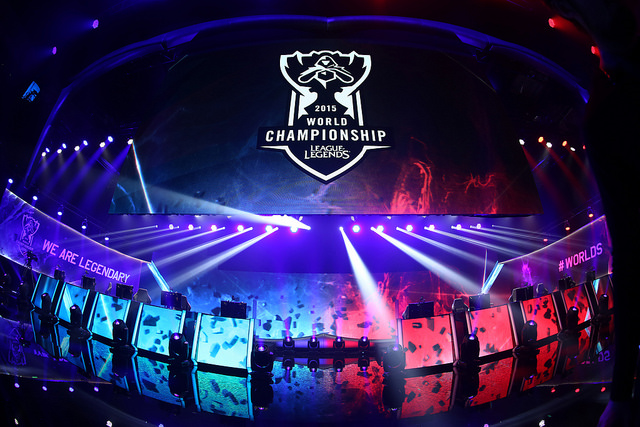
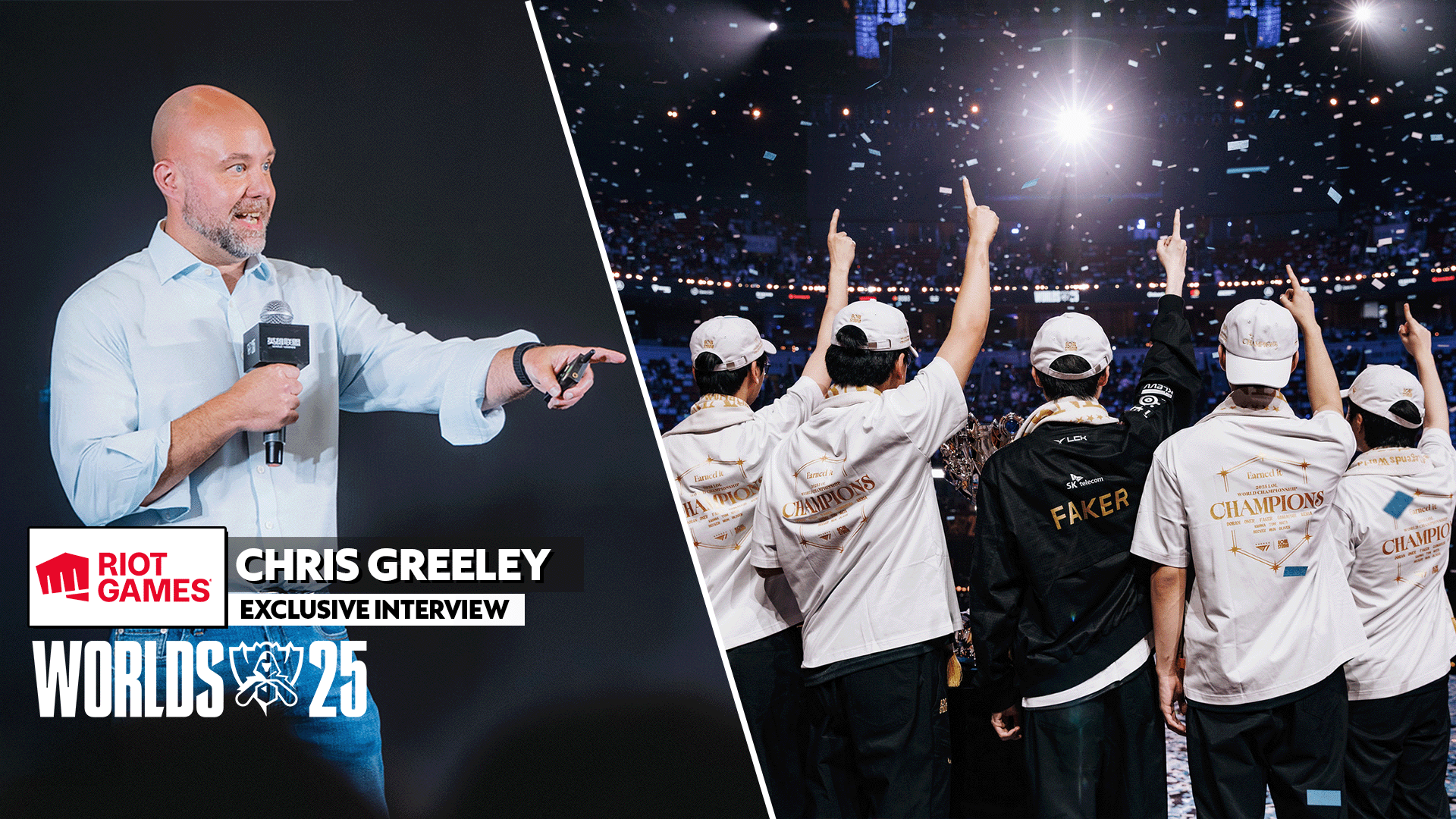
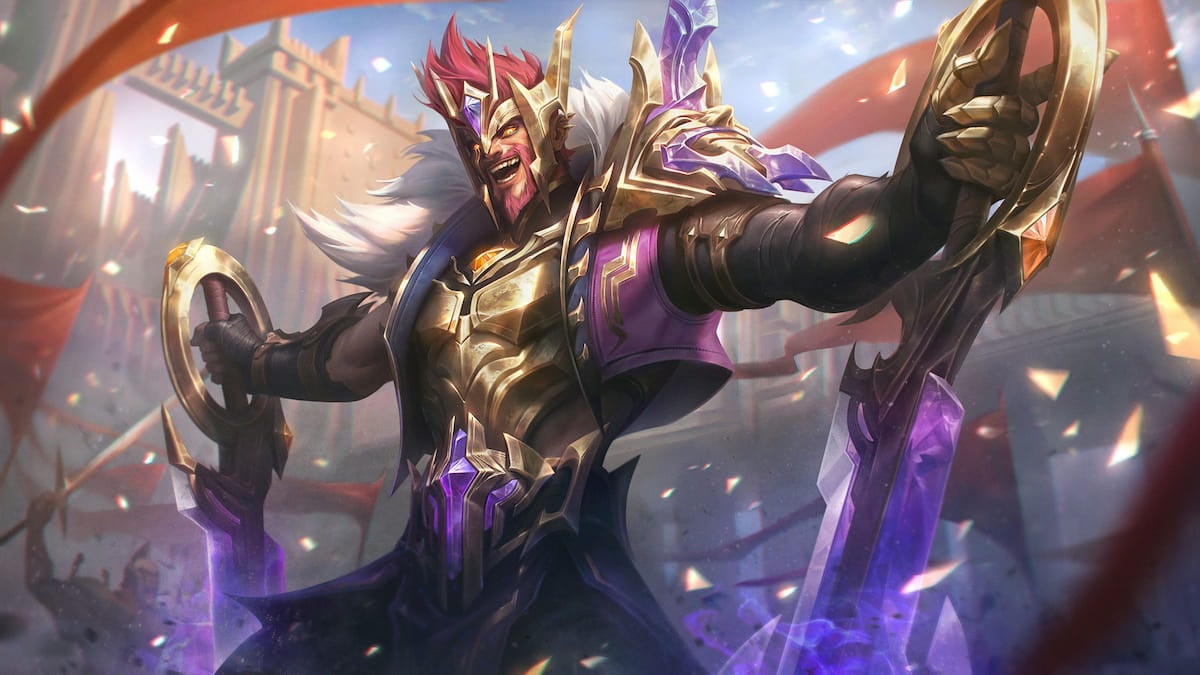
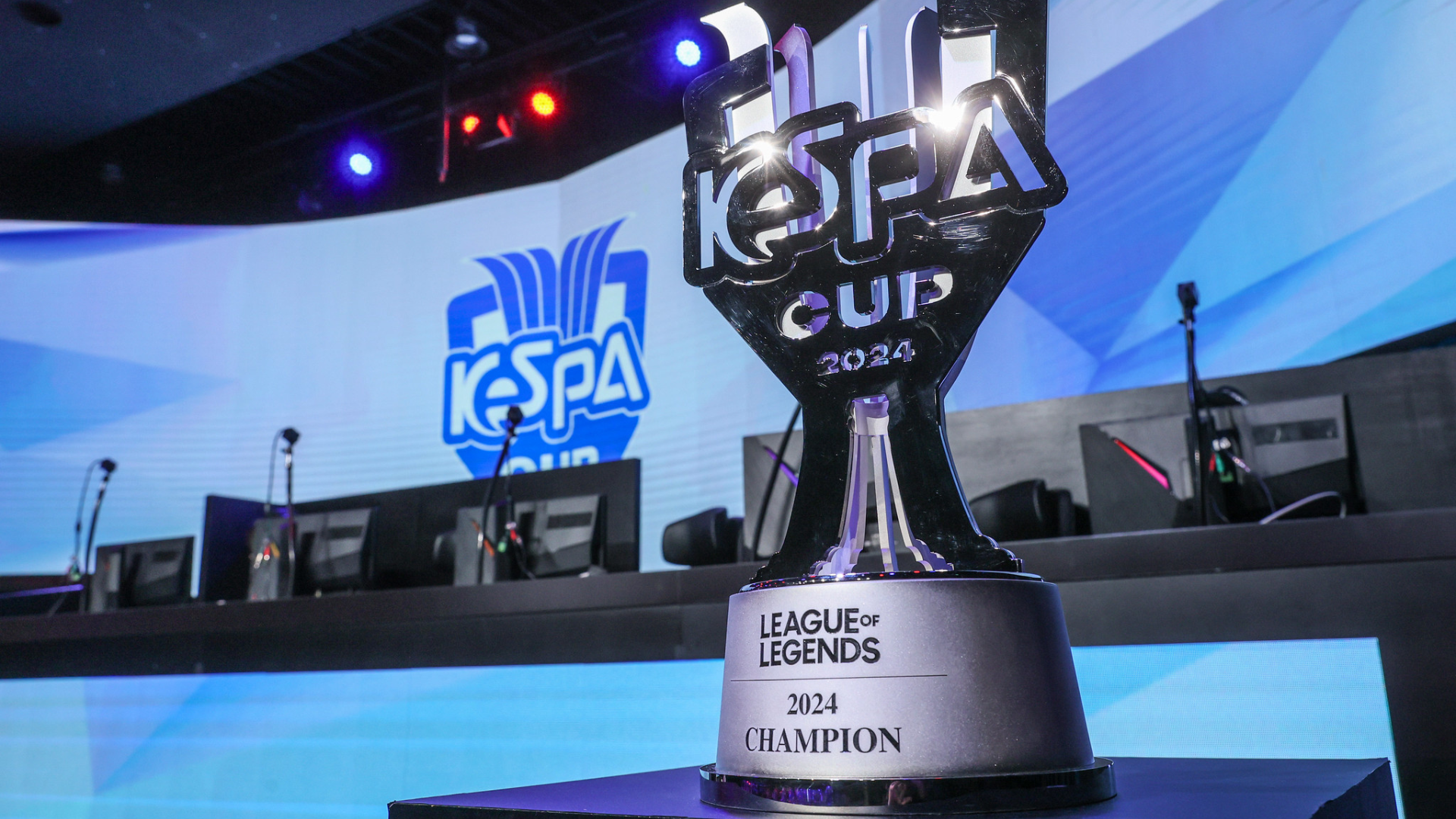
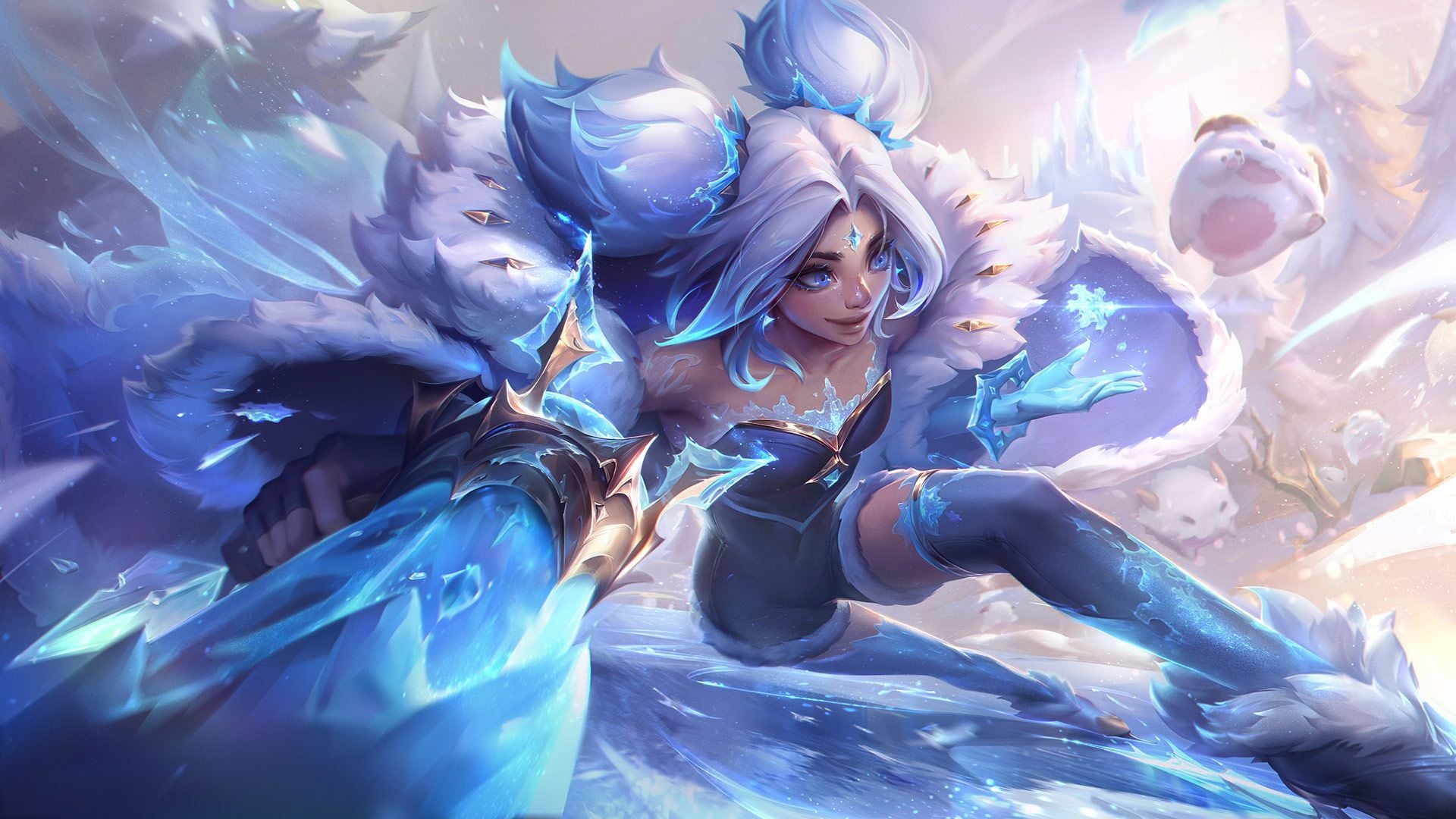


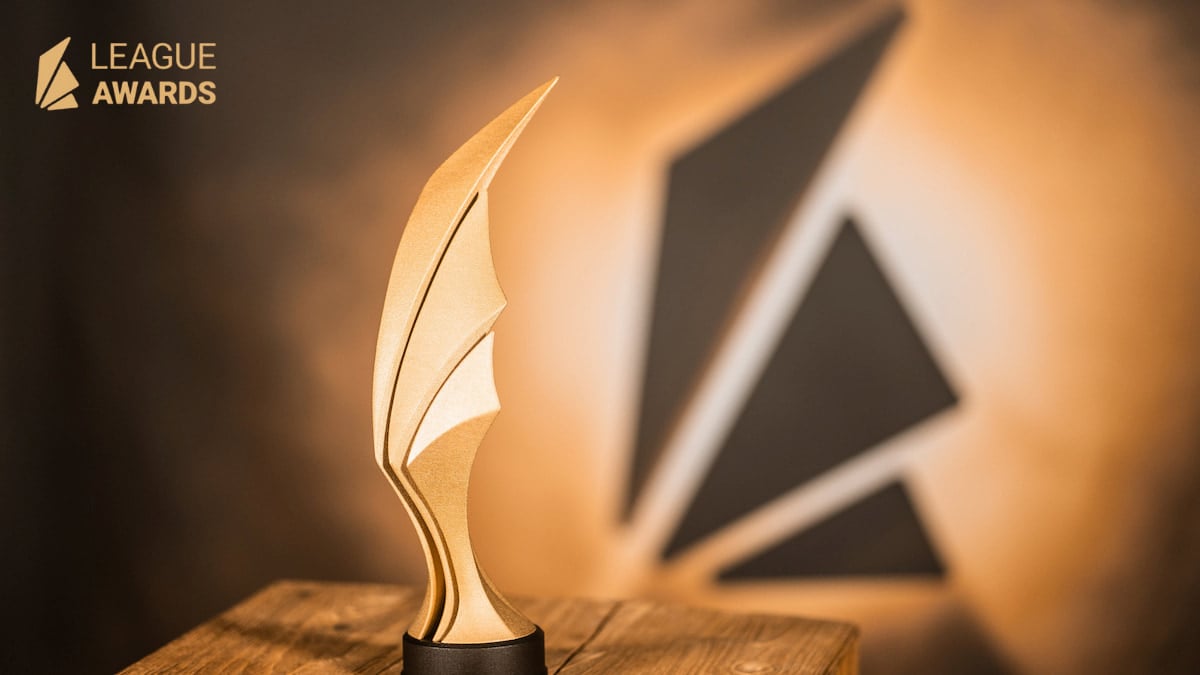
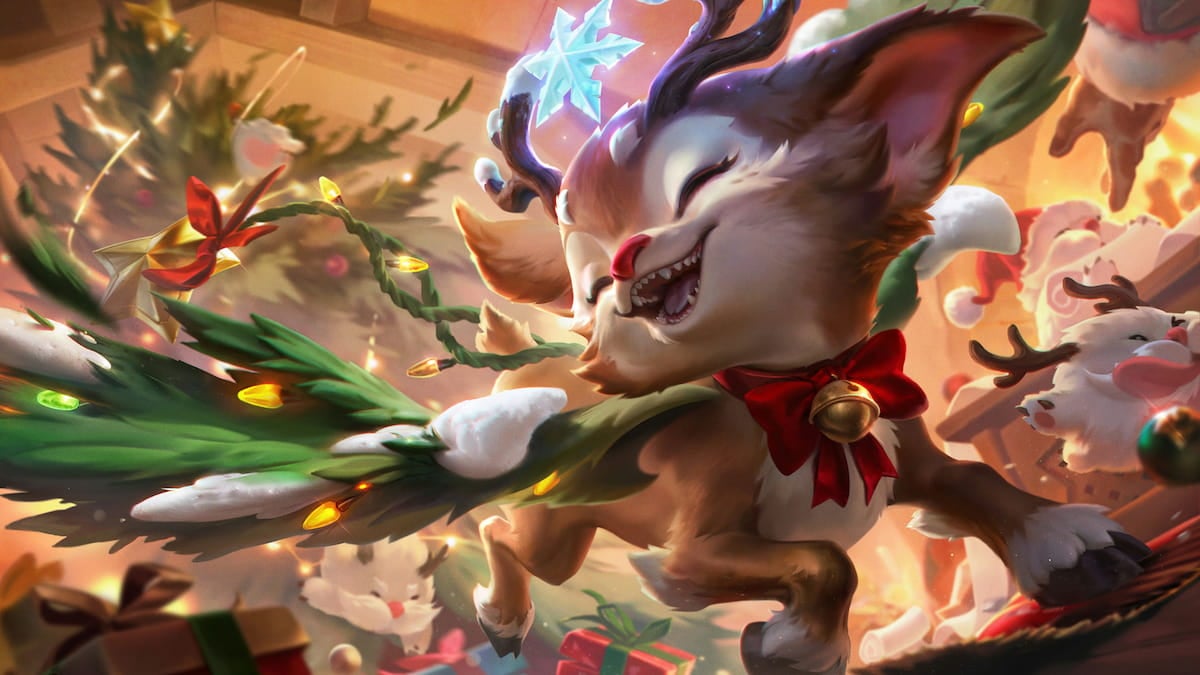
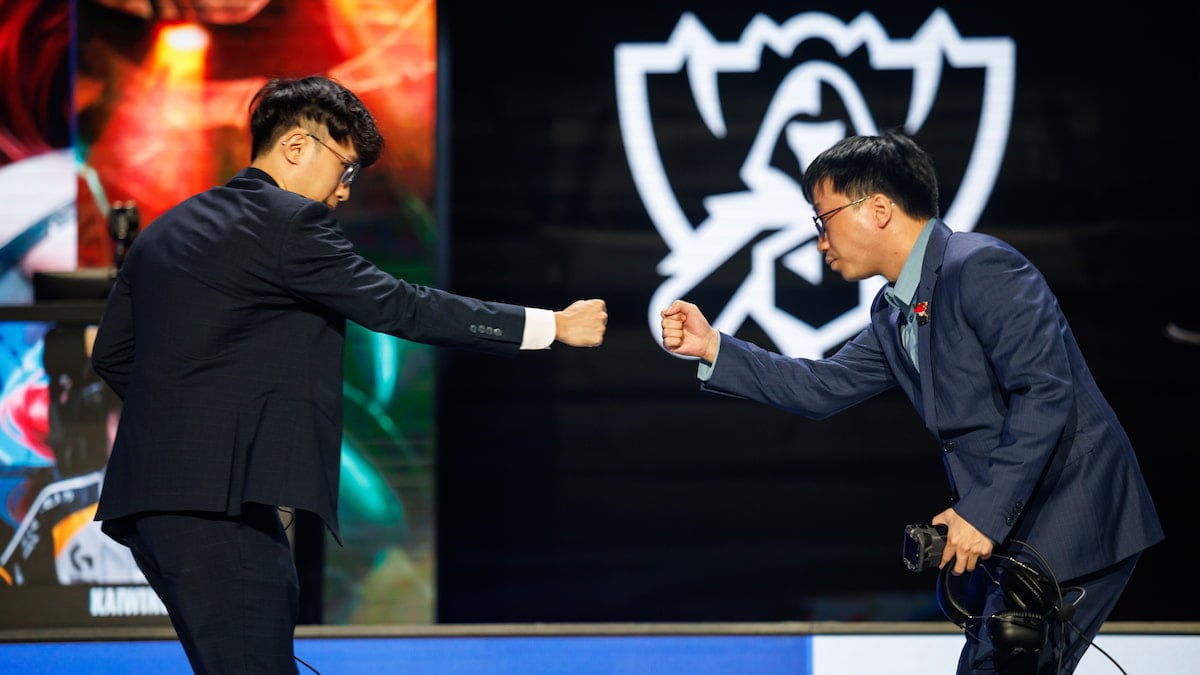
Published: Oct 18, 2015 08:18 am